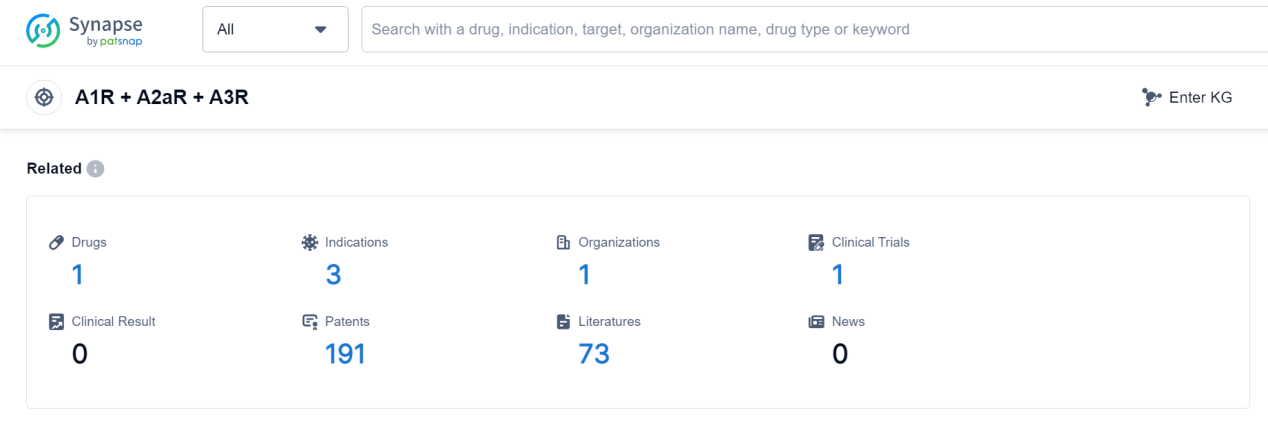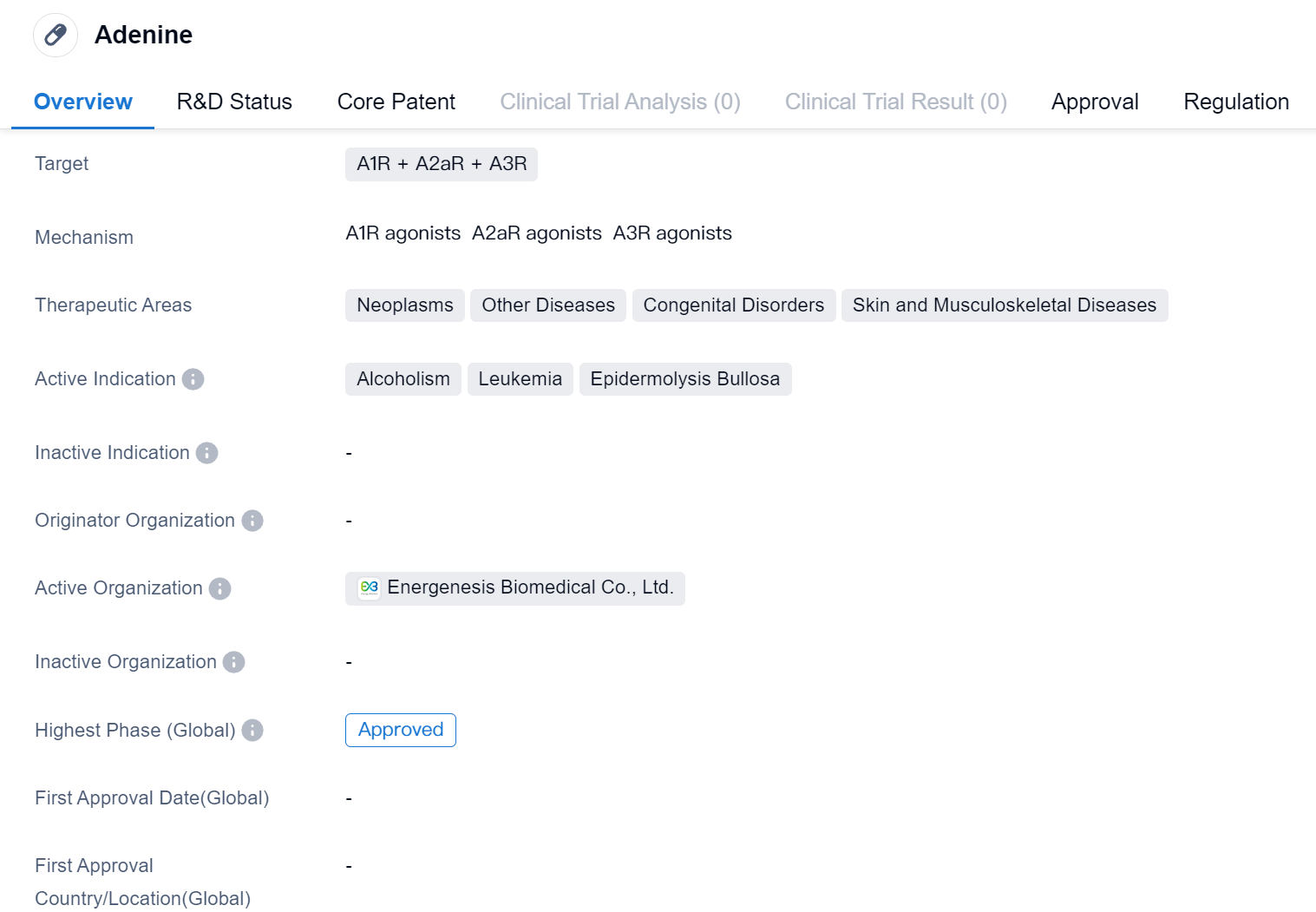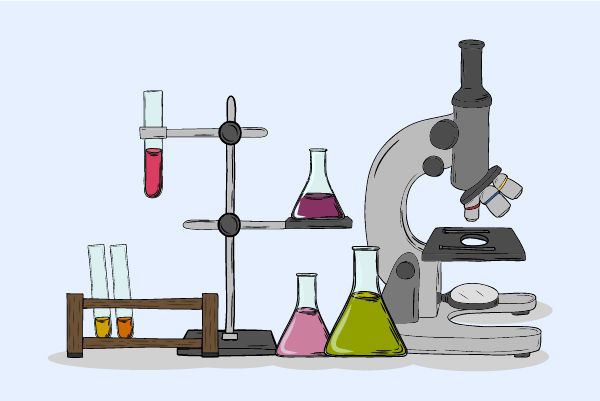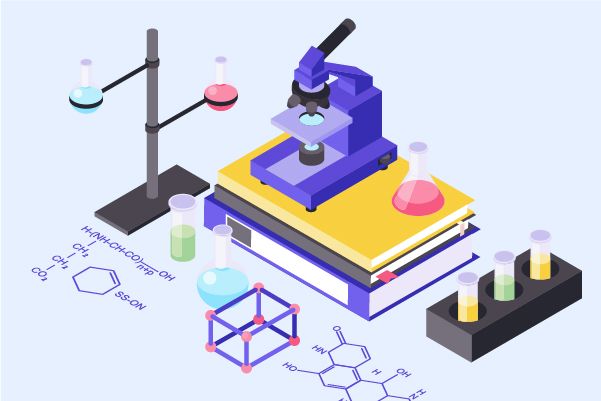An In-depth Analysis of Adenine's R&D Progress and Mechanism of Action on Drug Target
Adenine's R&D Progress
Adenine is a small molecule drug that targets A1R, A2aR, and A3R receptors. It is primarily used in the treatment of neoplasms, other diseases, congenital disorders, and skin and musculoskeletal diseases. The drug has shown efficacy in treating alcoholism, leukemia, and epidermolysis bullosa.
Adenine has reached the highest phase of development which is approved globally. This indicates that the drug has successfully completed clinical trials and has been granted regulatory approval for commercial use. The fact that it has obtained approval in global markets suggests its potential for widespread use and market acceptance.
Furthermore, Adenine is classified as an orphan drug, which means it is intended to treat rare diseases or conditions that affect a small number of patients. This designation provides certain incentives and benefits to the drug manufacturer, such as market exclusivity and financial support, to encourage the development of treatments for rare diseases.
The specific mechanism of action of Adenine is not provided in the given information. However, its targeting of A1R, A2aR, and A3R receptors suggests that it may modulate the adenosine signaling pathway. Adenosine receptors play a crucial role in various physiological processes, including inflammation, immune response, and cell proliferation. By targeting these receptors, Adenine may exert its therapeutic effects in the treatment of neoplasms, alcoholism, and other diseases.
👇Please click on the image below to directly access the latest data (R&D Status | Core Patent | Clinical Trial | Approval status in Global countries) of this drug.
Mechanism of Action for Adenine: A1R agonists A2aR agonists A3R agonists
A1R agonists, A2aR agonists, and A3R agonists are terms related to biomedicine and specifically refer to different types of agonists that target specific adenosine receptors in the body.
Adenosine receptors are a type of G-protein coupled receptor found on the surface of cells. They are activated by the binding of adenosine, a molecule that plays a role in various physiological processes. There are four subtypes of adenosine receptors, labeled as A1R, A2aR, A2bR, and A3R.
In this case, the text specifically mentions A1R agonists, A2aR agonists, and A3R agonists. An agonist is a substance that binds to a receptor and activates it, mimicking the effects of the natural ligand (in this case, adenosine). Therefore, A1R agonists bind to and activate A1R, A2aR agonists bind to and activate A2aR, and A3R agonists bind to and activate A3R.
Each subtype of adenosine receptor has different functions and is present in various tissues and organs throughout the body. A1R is primarily involved in regulating neurotransmission in the central nervous system, while A2aR is involved in regulating blood flow, inflammation, and immune responses. A3R is involved in regulating inflammation and immune responses as well.
By selectively targeting these specific adenosine receptors, A1R agonists, A2aR agonists, and A3R agonists can modulate their respective functions and potentially have therapeutic effects. For example, A2aR agonists have been investigated for their potential use in the treatment of Parkinson's disease and other neurodegenerative disorders, while A3R agonists have been studied for their anti-inflammatory properties.
In summary, A1R agonists, A2aR agonists, and A3R agonists are substances that bind to and activate specific adenosine receptors in the body, potentially modulating various physiological processes and offering therapeutic benefits.
Drug Target R&D Trends for Adenine
A1R, A2aR, and A3R are adenosine receptors found in the human body. Adenosine is a naturally occurring molecule that plays a crucial role in various physiological processes. A1R is primarily involved in regulating heart rate and blood pressure, while A2aR is responsible for vasodilation and anti-inflammatory effects. A3R is associated with immune modulation and has potential implications in cancer therapy. These receptors are targeted by pharmaceutical companies to develop drugs that can modulate their activity, leading to potential therapeutic benefits in cardiovascular diseases, inflammation, and cancer treatment. Understanding the role of these receptors is essential for the development of novel pharmaceutical interventions.
According to Patsnap Synapse, as of 7 Sep 2023, there are a total of 1 A1R + A2aR + A3R drugs worldwide, from 1 organizations, covering 3 indications, and conducting 1 clinical trials.
👇Please click on the picture link below for free registration or log in directly if you have a freemium account, you can browse the latest research progress on drugs, indications, organizations, clinical trials, clinical results, and drug patents related to this target
 Conclusion
Conclusion
In summary, Adenine is a small molecule drug that has reached the highest phase of development and has been approved for use in the treatment of various diseases. Its targets include A1R, A2aR, and A3R receptors, and it has shown efficacy in neoplasms, alcoholism, leukemia, and epidermolysis bullosa. The drug has obtained regulatory approval globally, indicating its potential for widespread use. Additionally, Adenine is classified as an orphan drug, which provides certain benefits and incentives for its manufacturer.





